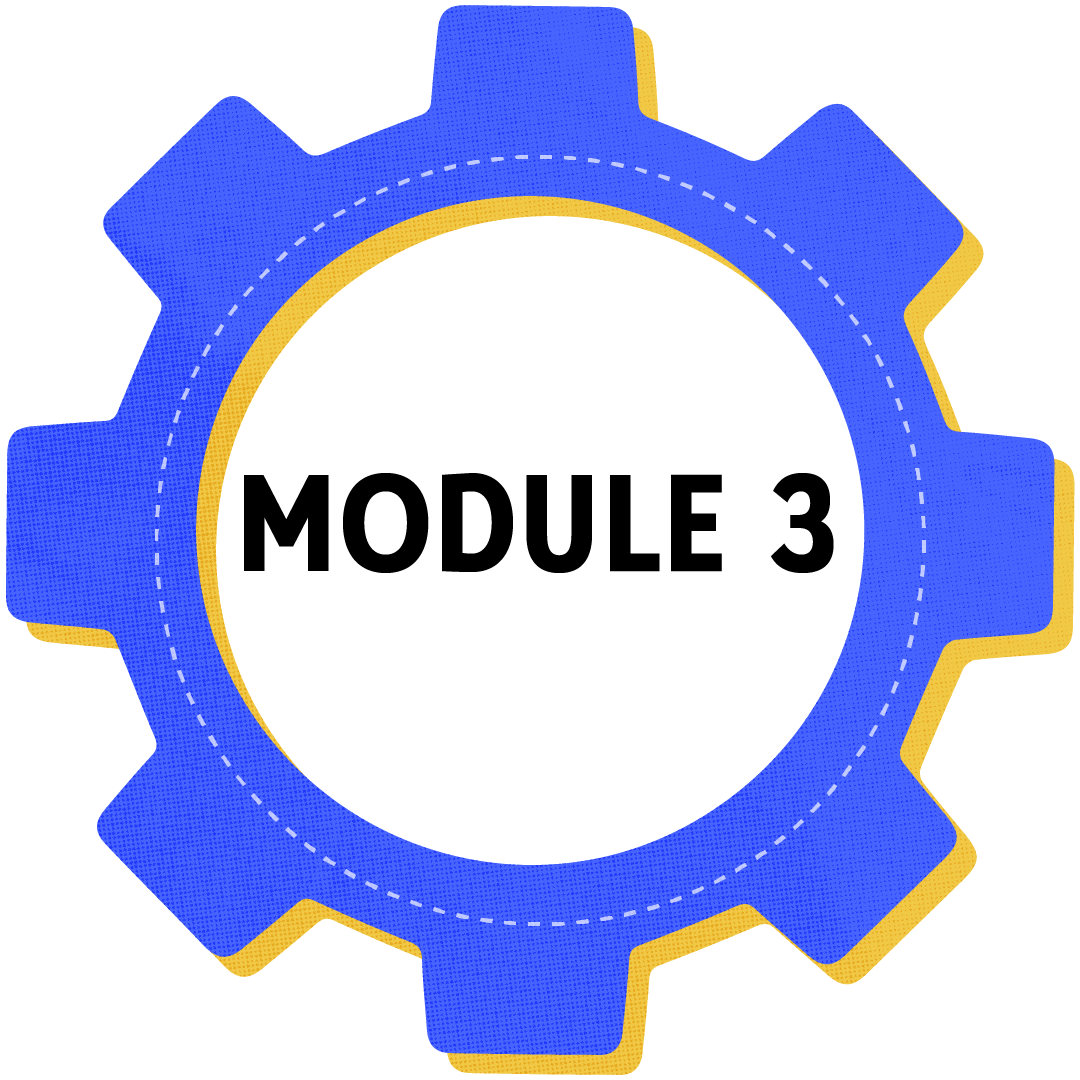Watch each of the following videos below and complete the corresponding quiz.
2.1: Who makes up the CSI Board of Directors
What is the Hierarchy of the Board of Directors?
Board Members:
1 President
*Non-Voting Member
- An appointed officer to support and enforce governance.
- The voice of BOD to the public.
- Acts as a CEO.
1 Vice President
*Non-Voting Member
- An appointed officer.
- Acts as a Treasurer.
- Assumes the role of Presited if vacated, or in their absence or refusal to act.
8 Directors
*Voting Member
- 7 elected, 1 selected (Indegenious community member).
- Provides representation for owners and ensures their voice is at the descion-making table.
1 Chair
*Voting Member
- An appointed officer that manages decorum and order of meetings.
1 Secretary
*Voting Member
- An appointed Director that manages neccessary records of the Board.
2.2: Legislation and Governance
If there are ever discrepancies between any of the legislation and governing documents, then the following hierarchy applies:
1. Canadian Not-for-Profit Act
- The law of the land is paramount and mist be followed without exception
2. CSI's Articles of Incorporation
- Foundational documents about our organizations.
3. CSI Bylaws
- A form of policies but are generally regulated by government and are legally binding.
- Examples of CSI Bylaws Include:
- Amending a Bylaw
- Number or Directors
- Voting Rules
4. Board Policies
- Non-legally binding rules that govern the Board.
- CSI's Four Categories of Policies:
- ENDs
- Executive Limitations
- Board-Management Delegation
- Governance Process
Learn more about our Bylaws and Policies below
If you have watched the three videos above, complete and submit the Module 2 Quiz:
If you cannot see the quiz window on this page, please temporarily disable your ad blocker and refresh the page.
Once you have submitted the quiz for Module 2, continue on to module 3 here:
